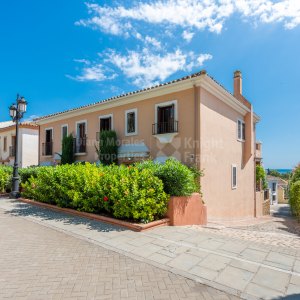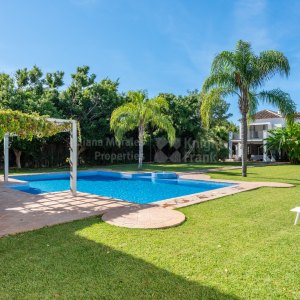Padel, Marbella’s very own racket sport

The surge in padel’s popularity has reached beyond sports enthusiasts and started influencing real estate trends. Buyers and investors increasingly value properties in Marbella with private padel courts or those close to facilities offering this sociable and dynamic sport. Unlike tennis, padel courts require less space, making them easier to integrate into homes and developments. Marbella, a global hub for padel, perfectly exemplifies this trend, blending sports, lifestyle, and real estate into an appealing package.
There is some discussion as to the exact origins of padel, with some claiming it was invented by Enrique Corcuera in Acapulco, Mexico, and others saying the sport was initiated by Alfonso von Hohenlohe in Marbella, but either way the Costa del Sol has truly taken this fast, fun racket sport to its heart.
Padel has been played in Marbella for more than four decades, but it has been especially in the last 20 years that the sport has spread throughout the region and, indeed, the rest of Spain. At first, many of the coaches and professionals came from Argentina, where padel had already become a mass sport in the 1980s, but now there are so many fantastic Spanish players that a new generation of Spaniards is leading the way.
Padel is most likely the fastest growing sport in the world right now, spreading out from its roots to clubs and players around the globe.
>
Either way, padel has been thriving on the Costa del Sol for over four decades now, attracting first mainly Spanish players and over the past 25 years also catching on very strongly among the region’s foreign residents and homeowners.
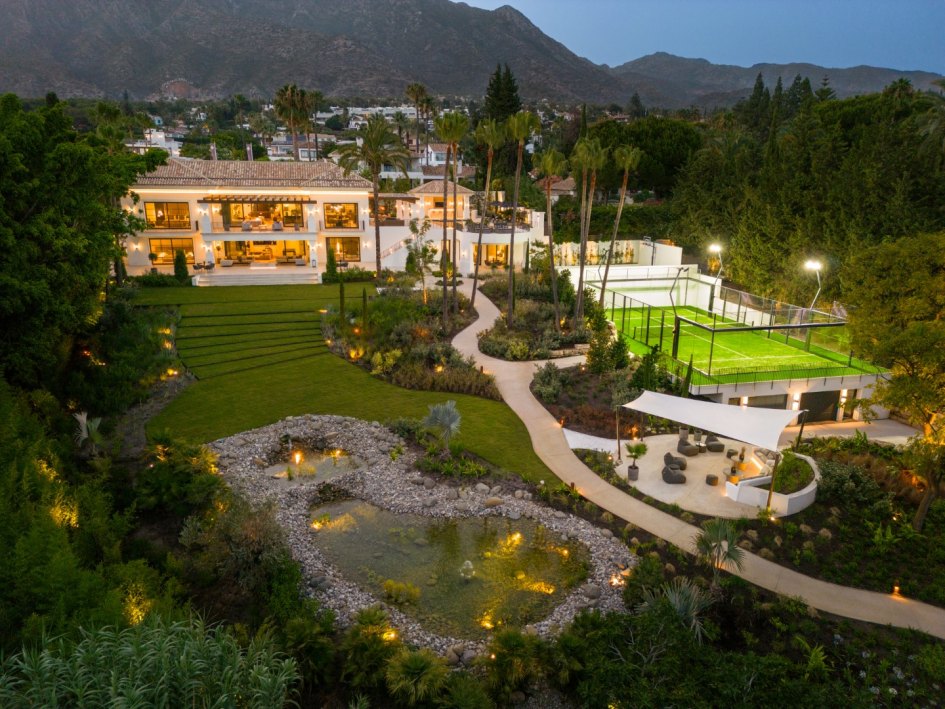
Just as it has a globally important concentration of golf courses, so the Costa del Sol has also become the epicentre of padel with thousands of enthusiasts playing every day of the week. The appeal lies in the social nature of the sport, the fact that it isn’t very difficult to get started and begin to enjoy, and a level of scalability that stretches all the way to the amazing skills showcased by professional players.
Padel is popular as a fun, sociable and athletic form of exercise, suitable for all ages but especially from teens to sixties. Originally, the sport was accommodated by the building of specialised (smaller) courts within established tennis clubs, and while many such ‘hybrid’ venues continue to exist, the number of dedicated padel clubs has soared – first in Spain and now across Europe and beyond.
Expanding outside Spain
Padel has also been popular for some time in countries such as Argentina, Mexico and Italy, but now it has been rapidly expanding across Europe and beyond. In fact, after some false starts, the sport's spread has been gaining ground over the last decade, and 2024 has seen a veritable explosion of clubs, courts and players in no less than 60 countries. Finally, padel tennis is living up to its potential to become a truly global phenomenon.
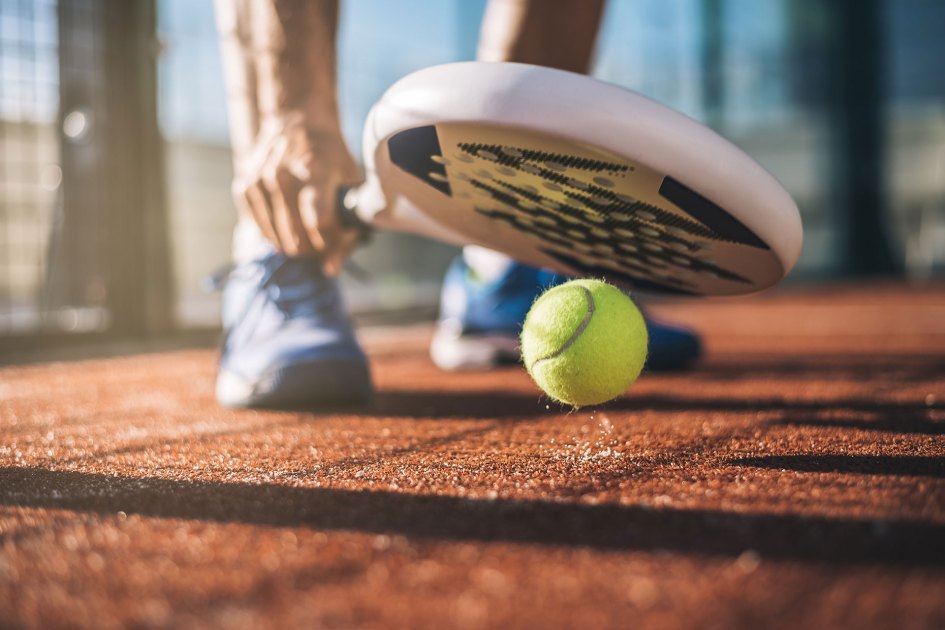
The initial drive for this was provided by the foreign expats who carried the sport back from the Spanish Costas to countries such as Sweden, Denmark, The Netherlands, Belgium, France and to a lesser extent Germany and the UK, where the pace of growth is now also picking up. Many encouraged tennis clubs in their home countries to add padel courts, and the success of such initiatives led to new padel-specific clubs arising, often with technical support from Spain.
This growth of amateur clubs has received added momentum from the professional circuit, which continues to be dominated by Spanish and Argentinian players but is beginning to widen in scope considerably. With professional tournaments taking place across Europe now being viewed around the world, the sport is gathering increasing media and sponsor interest, and since 2016 Google searches for padel/paddle have increased by 18% per year.
As a result, padel has been growing spectacularly, from Norway, Denmark, Sweden, Finland, the Benelux, France and Portugal to Croatia, Panama, Paraguay, Chile, South Africa and the UAE. Yes, Dubai could fast become another global centre of the sport, but for now the main growth potential lies in Europe, later to be followed by the Americas, Oceania and Asia. The potential is enormous, and behind it lies a large business.
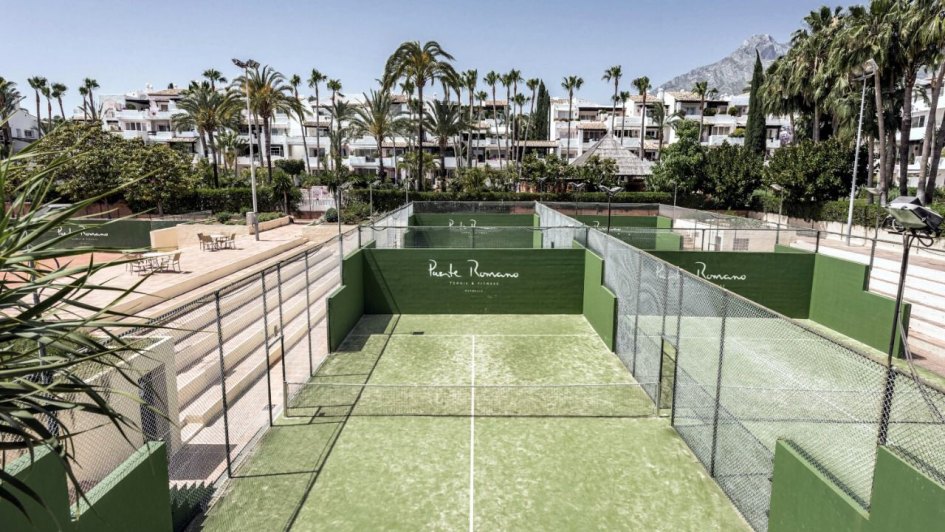
Think of sports equipment, specialised shoes and rackets, court construction, the clubs themselves and tech-based solutions such as apps that allow players to easily link up with other players. According to the Playtonic & Strategy Global Padel Report, during 2023 alone over 2,500 new padel clubs opened, bringing the total number to over 12,500, while 6,000 new courts were built globally. Investors too are now interested in this fast-growing phenomenon – and padel’s true expansion is only just beginning.
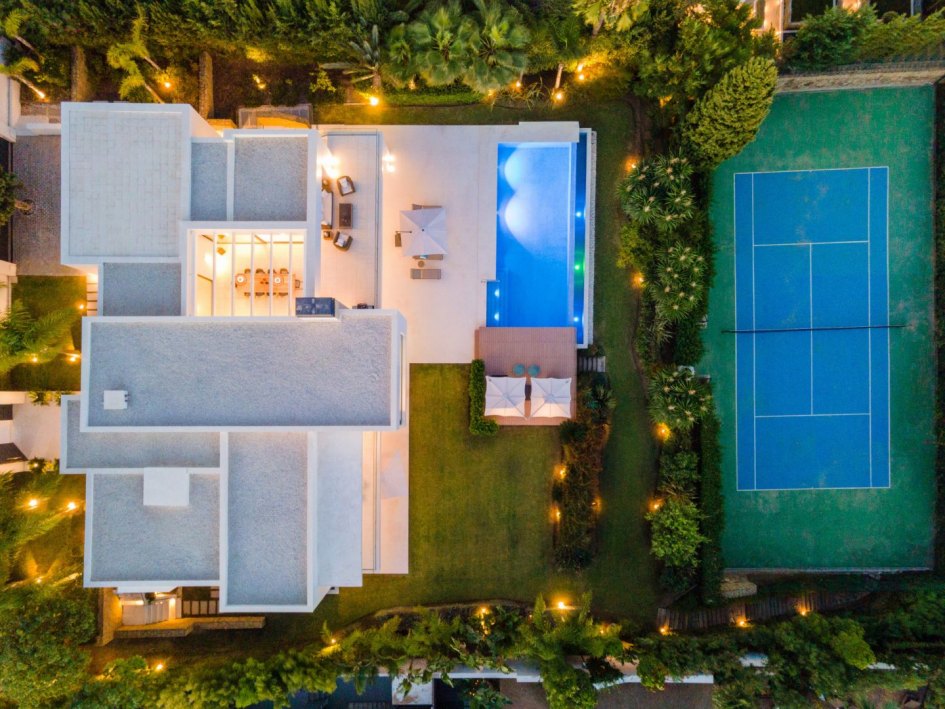
But padel can also have an impact on real estate, providing one of a series of resort amenities such as spa, gymnasiums, restaurants, co-working spaces, tennis courts and swimming pools that add value to a property or a luxurious apartment complex – especially so in lifestyle destinations such as Marbella. This is also true of homes that are located close to a padel club, as these provide not only the sports facilities themselves, but also a café/restaurant and social hub where people meet or even use as a coworking space. Padel is expanding outwards across the world to become a global phenomenon, but its roots and core popularity remain strong on the Costa del Sol, where more and more people looking for properties in areas such as Marbella will be seeking out homes close, not just to golf, but also padel and the lifestyle that comes with it. What started with golf is continuing with padel.
Pia Arrieta, 10 Jan 2025 - Lifestyle
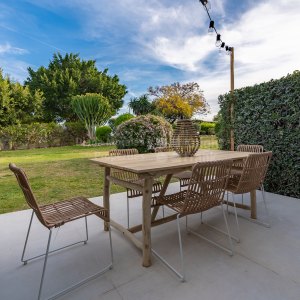
Aloha, Townhouse in front line golf complex
€725,000 Under offer
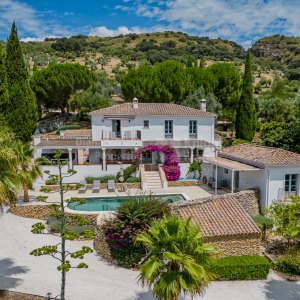
Ronda, Villa Magdalena, finca of 50.000 sqm.
€5,900,000
Related Articles
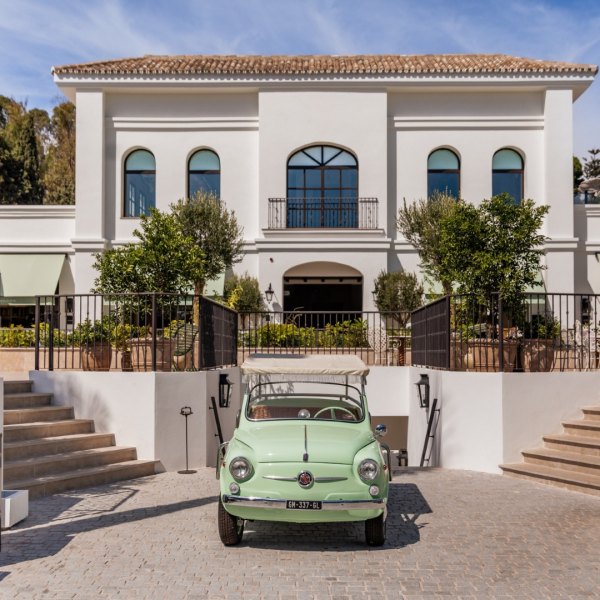
Forum Marbella: Bringing Vision and Design to Life in the Community
5 min. read · Pia Arrieta

Year-Round Activities in Sierra Nevada: Skiing and Beyond
8 min. read · Pia Arrieta

Winter Dining and Exploring the Marbella Area
8 min. read · Pia Arrieta
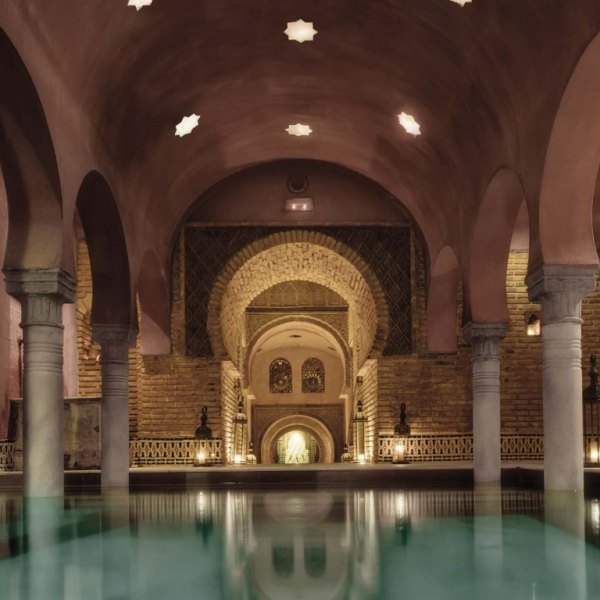
Guide to Wellness Retreats in Marbella
9 min. read · Pia Arrieta
